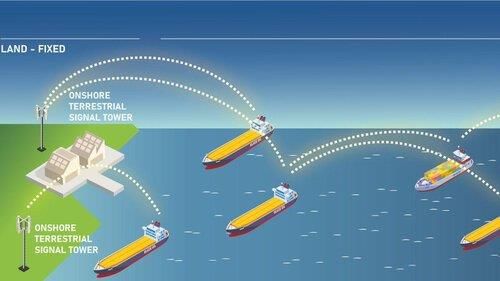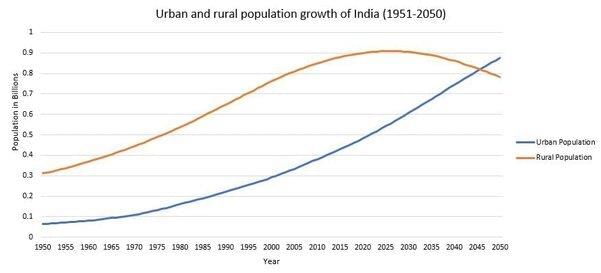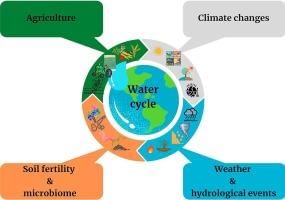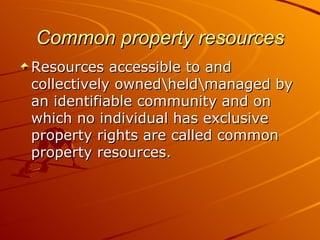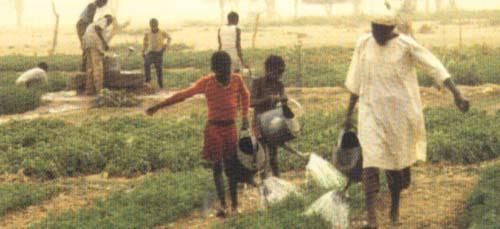|
Land designated for grazing animals is referred to as ___ and is primarily owned by local governments or village councils. |
Card: 1 / 48 |
|
True or False: Culturable wasteland refers to land that has been unused for over five years but can be cultivated with some effort. |
Card: 3 / 48 |
|
Fallow land is categorized into Current Fallow and ___, based on the duration of being left unused. |
Card: 7 / 48 |
|
True or False: Net Area Sown refers to land that is left unused for one agricultural year to restore fertility. |
Card: 9 / 48 |
|
The total land area available for use is considered to be ___ and does not increase. |
Card: 11 / 48 |
|
True or False: Economic growth leads to a decrease in pressure on land resources due to technological advancements. |
Card: 13 / 48 |
|
Expansion into marginal lands typically involves repurposing areas that were previously considered ___ for agricultural or industrial activities. |
Card: 15 / 48 |
|
In developing countries, the industrial and service sectors are growing faster than the ___ sector. |
Card: 17 / 48 |
|
True or False: The demand for agricultural land decreases as the agricultural sector’s contribution to GDP declines. |
Card: 19 / 48 |
|
False. The demand for agricultural land remains high despite a decreasing share of GDP for agriculture.  |
Card: 20 / 48 |
|
Fill in the blank: Urban expansion often requires more housing, roads, and industries, leading to ___ land use. |
Card: 23 / 48 |
 Unlock all Flashcards with EduRev Infinity Plan Starting from @ ₹99 only
|
|
The increase in non-agricultural land use in India from 1950-51 to 2014-15 is primarily driven by ___ and ___ growth. |
Card: 25 / 48 |
|
True or False: The expansion of forest area in India necessarily indicates an increase in actual forest cover. |
Card: 27 / 48 |
|
False; the expansion is mainly due to increased forest demarcation, not necessarily more forest cover. |
Card: 28 / 48 |
|
Current fallow lands have increased due to fluctuations in ___ and changes in ___ cycles. |
Card: 29 / 48 |
|
What is the trend observed in the net area sown in India from 1950-51 to 2014-15? |
Card: 31 / 48 |
|
The net area sown has increased due to the reclamation of previously uncultivated wasteland for agriculture. |
Card: 32 / 48 |
|
True or False: The area under barren and wasteland has increased significantly due to agricultural pressure. |
Card: 33 / 48 |
|
False; barren and wasteland areas have decreased as more lands are being utilized for productive purposes. |
Card: 34 / 48 |
|
Short Answer: What are the implications of the decline in the area under tree crops and groves in India? |
Card: 35 / 48 |
|
The decline reflects the increasing pressure to convert land for agricultural and other uses, impacting biodiversity and ecosystem services.  |
Card: 36 / 48 |
|
What role do common property resources (CPRs) play in the livelihoods of landless and marginal farmers? |
Card: 41 / 48 |
|
CPRs provide essential resources that support their income, particularly from livestock, due to limited access to land. 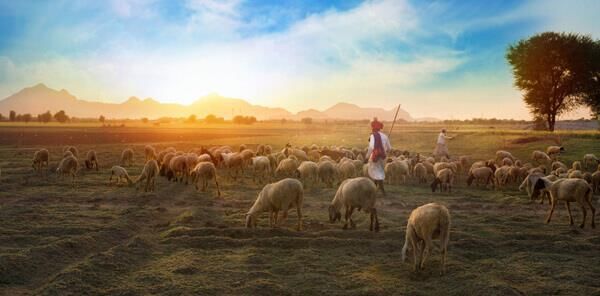 |
Card: 42 / 48 |
|
Fill in the blank: Women in rural areas often rely on CPRs for collecting ___ and ___, spending long hours gathering these resources. |
Card: 43 / 48 |
|
False. CPRs are defined as community-owned resources with access and usage rights but without individual property rights. |
Card: 46 / 48 |
|
Community forests, pasture lands, village water bodies, and other public spaces managed by groups larger than individual households. 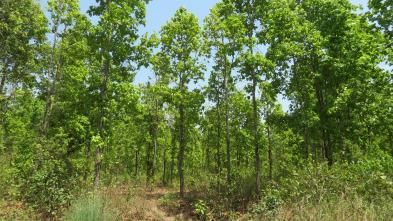 |
Card: 48 / 48 |







